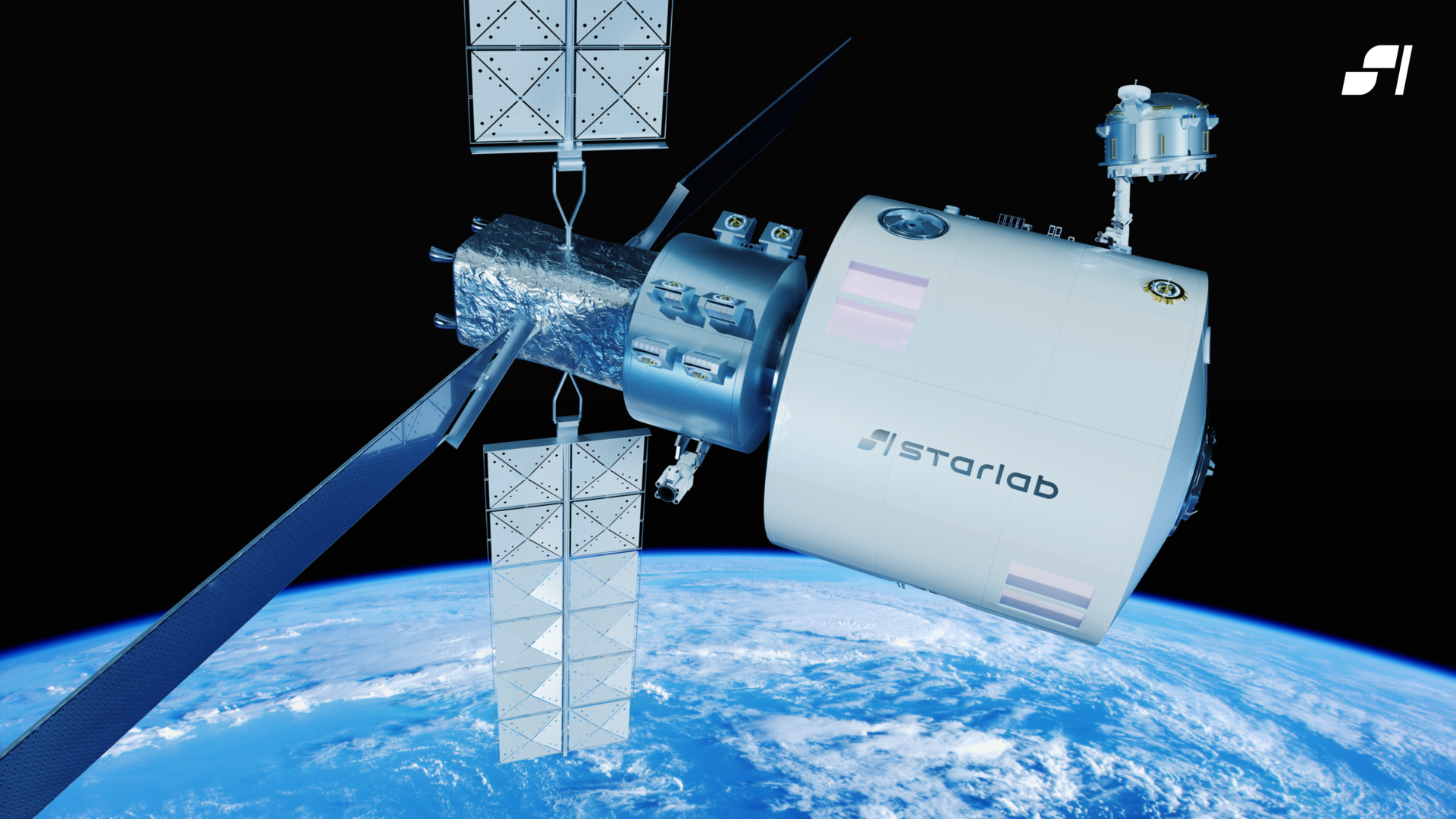European Space Agency signs on to upcoming 'Starlab' space station
Starlab will support a continuous human presence in low-Earth orbit starting no earlier than 2027.

Starlab, a commercial space station designed to maintain a human presence in low-Earth orbit and operated by Voyager Space and Airbus, has moved a step closer to reality.
During the European Space Agency (ESA) summit in Seville, Spain, the two companies along with the ESA signed a Memorandum of Understanding for the Starlab space station. The agreement outlined the station's focus on science and technology development as well as how the collaboration will offer an alternative low-Earth orbit destination. Right now, the International Space Station (ISS) is the go-to — however, the ISS is set to be retired in 2030 and scheduled to be totally deorbited in 2031.
After the end of the ISS, space agencies like the ESA and NASA are expected to increasingly turn to commercial space stations to maintain a human presence in the immediate space around Earth.
Starlab will fulfill that role, at least partially, in the future for the space agencies of individual ESA member states. It's expected to launch as soon as 2028, with operations set to start in 2029. This will include access for astronaut missions and to conduct research as well as providing opportunities for commercial business development. Starlab is also set to provide a complete "end-to-end" system in low-Earth orbit to which European crews and cargo will journey.
Related: Meet Starlab: Private space station planned to fly in 2027
"ESA appreciates the transatlantic industry initiative for the commercial Starlab space station and the potential that its strong European footprint holds for significant European industrial and institutional contributions to, and use of, said station," ESA Director General, Josef Aschbacher, said in a statement. "Our teams are looking forward to working closely with the Starlab teams here in Europe and in the US."
The research that could take place at Starlab may include the kind of life sciences that have already been taking place at the ISS for over two decades, such as investigating how the microgravity of space affects living things. Additionally, Starlab could host investigations into advanced robotics and artificial intelligence all based on European technology, with the aim of advancing European science.
Breaking space news, the latest updates on rocket launches, skywatching events and more!
"This agreement with ESA is critical as we continue to foster international collaboration in the space domain and move towards succeeding the International Space Station with Starlab," President of Voyager Space, Matthew Kuta, said in the statement. "We look forward to working with Airbus and ESA to extend Europe’s footprint in space and ensure they remain a leader in the new generation of commercial space exploration."
The ESA and Airbus are no strangers to collaboration in low-Earth orbit. In addition to supplying the ESA with the European Service Module for the Orion spacecraft — as Europe’s contribution to NASA’s Artemis program — as well as five Automated Transfer Vehicles flying to the ISS, Airbus supplied the ESA with the space station’s Columbus Module.
"At Airbus, we are very pleased that ESA is continuing to look to the future and demonstrating such a keen interest in Starlab," CEO of Airbus, Mike Schoellhorn, said in the statement. "Our collaboration on this next-generation space station builds on a long and successful partnership between ESA and Airbus in developing and operating a wide range of crewed and uncrewed spacecraft."

Robert Lea is a science journalist in the U.K. whose articles have been published in Physics World, New Scientist, Astronomy Magazine, All About Space, Newsweek and ZME Science. He also writes about science communication for Elsevier and the European Journal of Physics. Rob holds a bachelor of science degree in physics and astronomy from the U.K.’s Open University. Follow him on Twitter @sciencef1rst.
